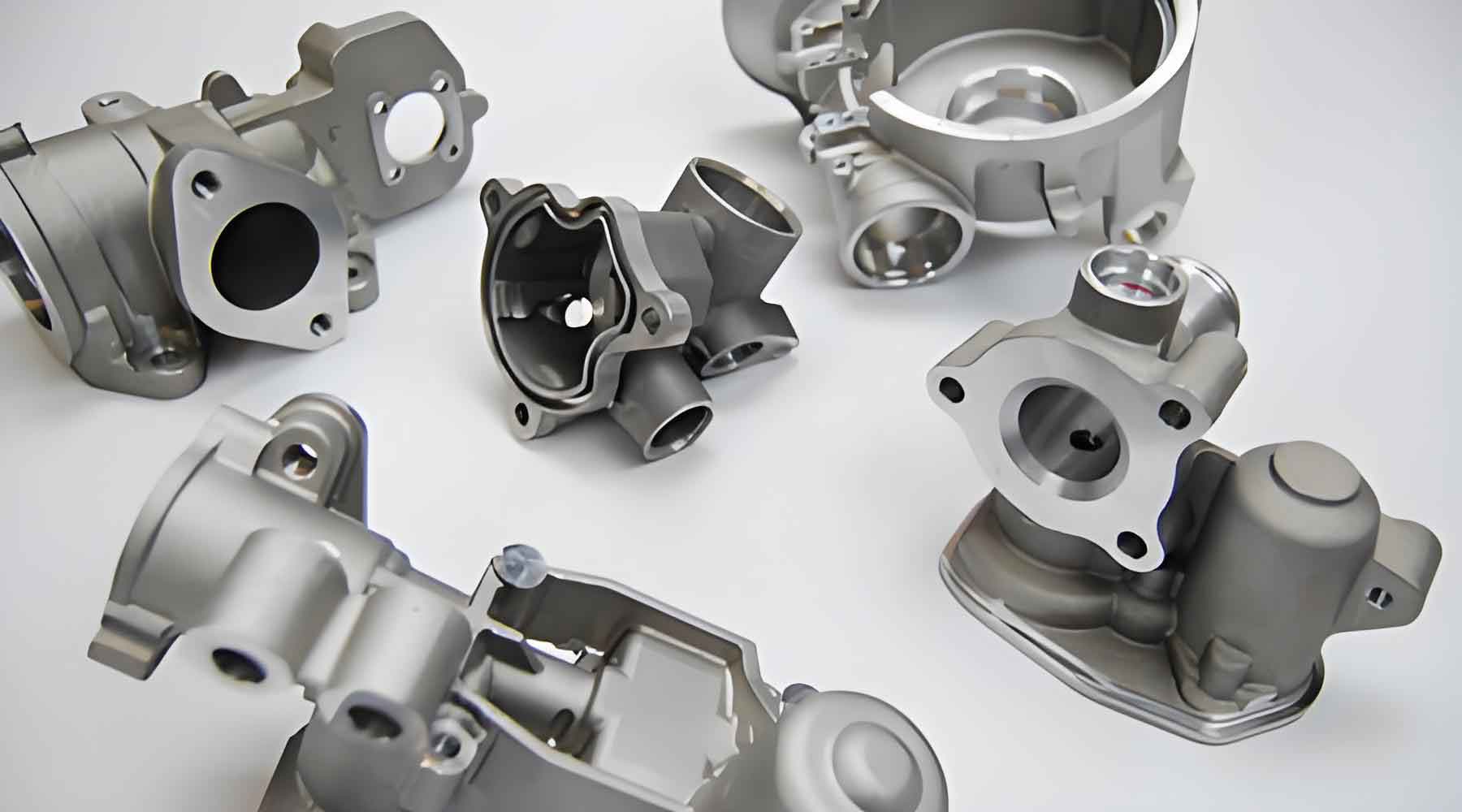Precision investment casting has revolutionized the manufacturing of complex metal components, enabling the production of near-net-shape parts with dimensional accuracy up to ±0.1mm. This process combines ancient lost-wax techniques with modern computational modeling, creating a manufacturing paradigm that satisfies both aerospace tolerances and artistic foundry requirements.
Fundamental Process Parameters
The quality equation for precision investment casting can be expressed as:
$$ Q = \int_{0}^{t} \left( \frac{\partial T}{\partial x} \cdot \frac{\rho C_p}{k} \right) dt $$
Where:
$Q$ = Quality factor
$T$ = Temperature gradient
$\rho$ = Alloy density
$C_p$ = Specific heat capacity
$k$ = Thermal conductivity
| Parameter | Aerospace Standard | Medical Standard | Tolerance Range |
|---|---|---|---|
| Surface Finish (Ra) | 0.8-1.6 μm | 0.4-0.8 μm | ±0.05 μm |
| Wall Thickness | 0.5-5 mm | 0.3-3 mm | ±0.1 mm |
| Casting Yield | 75-85% | 85-95% | +5/-2% |
Advanced Material Systems
Modern precision investment casting employs superalloys with enhanced high-temperature performance:
$$ \sigma_{creep} = \sigma_0 \exp\left(-\frac{Q}{RT}\right) $$
Where $\sigma_{creep}$ represents creep resistance – a critical factor in turbine blade applications.
| Alloy | Melting Point (°C) | UTS (MPa) | Thermal Expansion |
|---|---|---|---|
| Inconel 718 | 1260-1340 | 1350 | 13.0 μm/m°C |
| Mar-M247 | 1290-1335 | 890 | 12.5 μm/m°C |
| Ti-6Al-4V | 1604-1660 | 950 | 8.6 μm/m°C |
Computational Process Optimization
The fluid flow dynamics in precision investment casting molds follows modified Navier-Stokes equations:
$$ \rho\left(\frac{\partial \mathbf{v}}{\partial t} + \mathbf{v} \cdot \nabla \mathbf{v}\right) = -\nabla p + \mu\nabla^2\mathbf{v} + \mathbf{F} $$
Where $\mathbf{F}$ accounts for surface tension effects critical in thin-wall casting.
Quality Control Metrics
The defect probability function in precision investment casting can be modeled as:
$$ P_d = 1 – \exp\left[-\left(\frac{\sigma_{applied}}{\sigma_{critical}}\right)^m\right] $$
Where Weibull modulus $m$ determines quality consistency across production batches.
| Defect Type | Detection Method | Acceptance Limit | CT Scan Resolution |
|---|---|---|---|
| Porosity | X-ray Tomography | <0.2% vol | 5 μm |
| Inclusions | Eddy Current | <50 μm | N/A |
| Surface Cracks | FPI | 0 μm | N/A |
Industrial Applications
Precision investment casting enables production of components with complex internal geometries unattainable through machining:
$$ \text{Complexity Index} = \frac{N_{features} \cdot \sqrt{A_{projected}}}{V_{envelope}} $$
Where $N_{features}$ counts cooling channels and lattice structures in turbine blades.
Process Innovation Trends
The latest developments in precision investment casting focus on hybrid manufacturing approaches:
$$ R_{hybrid} = \frac{\alpha_{casting} \cdot \beta_{machining}}{\gamma_{post-processing}} $$
This ratio quantifies the synergy between traditional casting and additive manufacturing techniques.
| Innovation | Accuracy Gain | Cost Impact | Lead Time Reduction |
|---|---|---|---|
| 3D Printed Molds | +15% | -20% | 40% |
| AI Process Control | +22% | +5% | 25% |
| Nanoreinforced Waxes | +18% | +12% | 15% |
Precision investment casting continues to evolve as a critical manufacturing process, combining millennia-old foundry wisdom with cutting-edge computational modeling and material science innovations. The future of this technology lies in intelligent process automation and multi-scale quality prediction systems that will further push the boundaries of metallic component performance.

